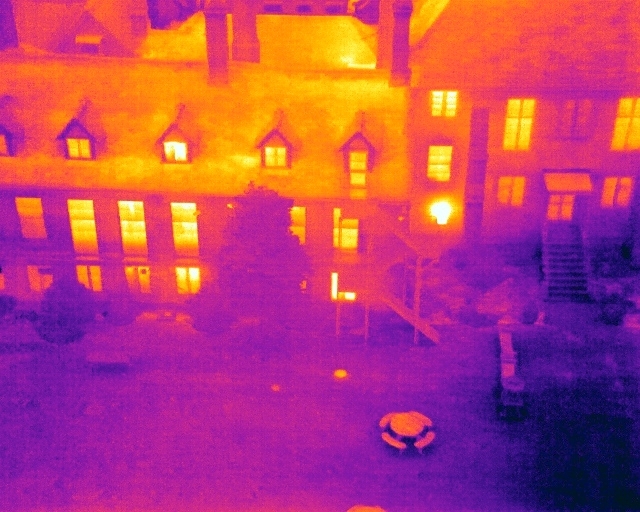
1400 Page Heating Performance Survey Using Aerial And Ground Thermography
Thermal IEC Building Inspection, On the Ground, From the Air and Internal
It doesn’t matter how old a building is, there is always an opportunity to learn more about how to make it more habitable for the people who live and work there.We were recently asked to complete a full thermal survey of the Grade 1 listed building on the grounds of Salisbury Cathedral to look at the potential anomolies and faults present in the performance of the heating systems. Our survey used drones with thermal cameras for aerial roof and elevation inspections as well as ground based cameras for internal inspections. The data capture element took a week, with a further four weeks to complete our report of over 1400 pages, it was a truely interesting study!
Cold Thermal Air Bridges and Reverse Chimneys
English Gothic buildings of this design and using stone construction materials, suffer from significant internal pressure changes that create agressive air movement or draft. External stone staircases and tower blocks where built without cavities, single thin glazing in metal frames and overtime will create cracks and perferations in the building envelope, allowing convected air movement throughout.
Planning consent restricts the options to retrofit insualtion, double glazing and heating systems so the net effect is these areas remain at a temperature consistent with the outside ambient temperature and are effectively creating cold thermal air bridges and reverse chimneys.
Cold air, being heavier than the warmer air, drops down all three floors through these air bridges and air chimneys into the adjacent rooms, creating a positive air pressure. This could be considered a ‘super convector’ to the building as a whole and cause a significant draught effect.
#BuildingHeatingtheInsulationPerformance #Buildingthermalsurvey #BuildingThermographer #buildingthermography #Grade1ListedBuilding #HeatingThermalSurvey #propertythermalinspection #PropertyThermographer
https://www.dronemediaimaging.co.uk/grade-1-listed-thermal-building-survey/
Comments